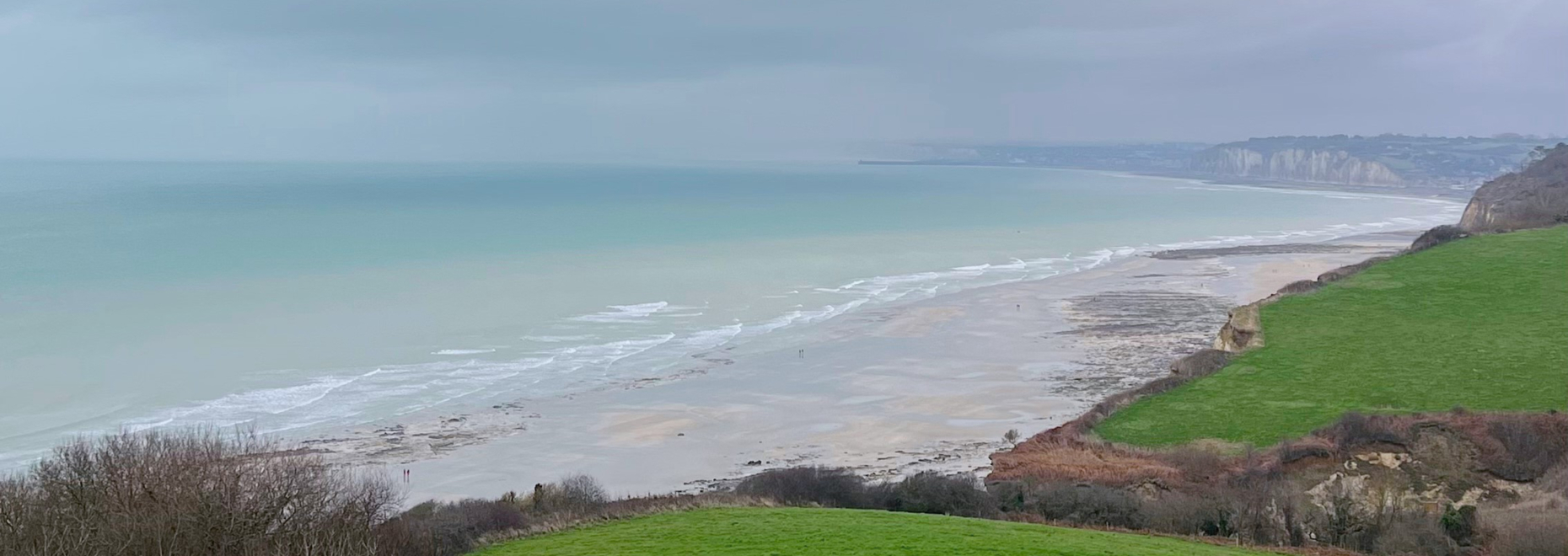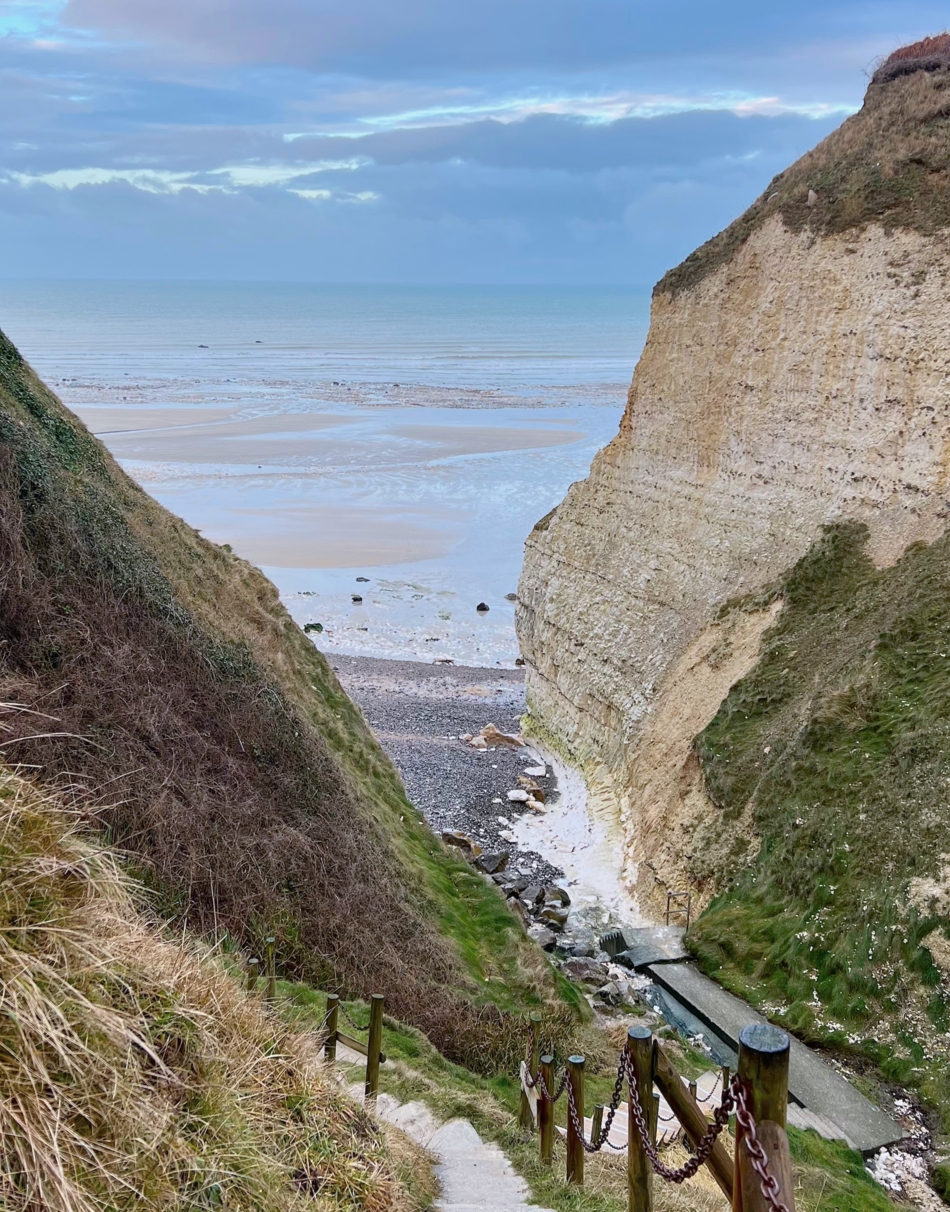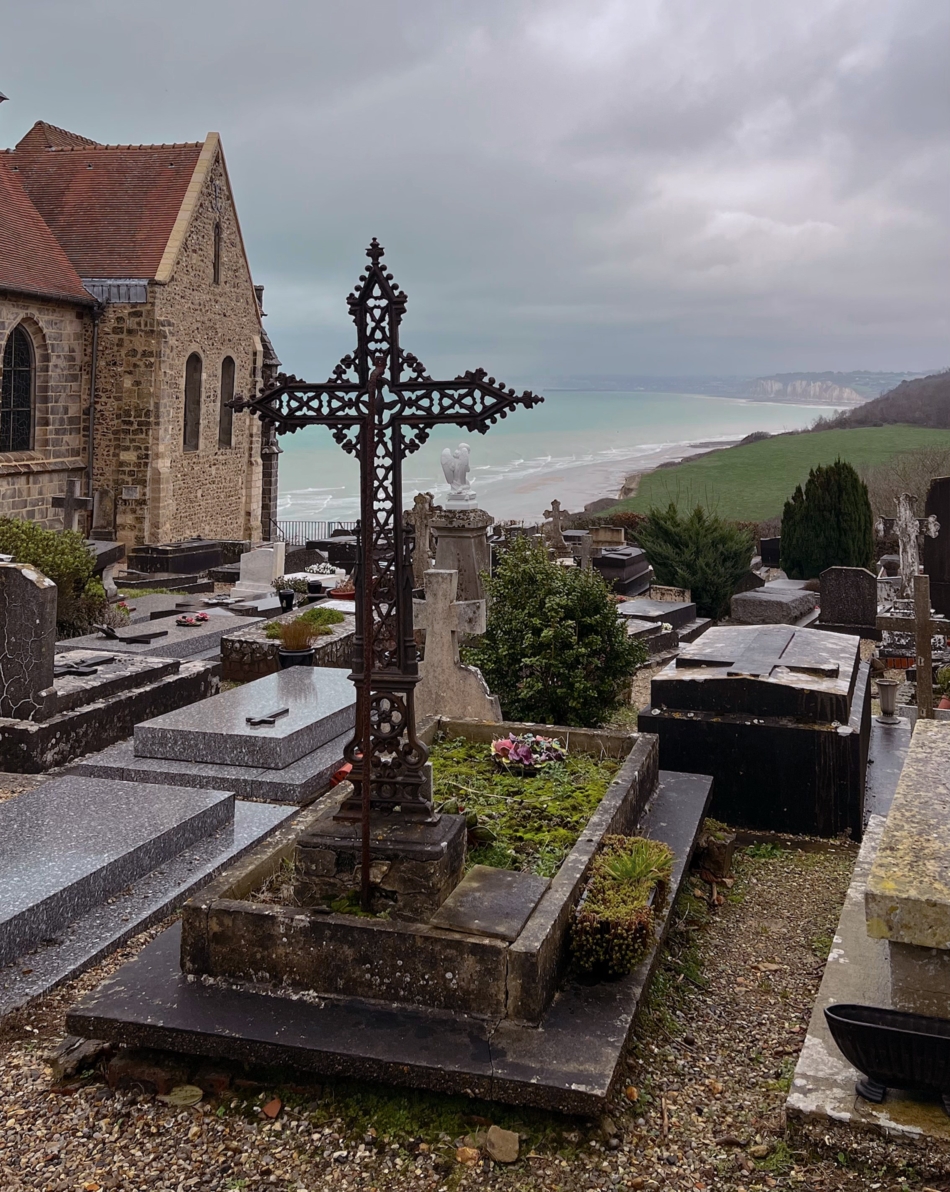
A hidden gem: A visitor's guide to the village of Varengeville-sur-Mer
Graceful Varengeville‑sur‑Mer:an inspiring village
When it comes to traveling across Normandy, the main destinations that come to mind are Mont-Main-Michel, Etreta and Giverny. But few people know that Giverny was not the only place in Normandy that inspired the great impressionist, Claude Monet.
On the coast of La-Manche, not far from Dieppe, there are two towns: Purville and Varangeville, which the painter was once fond of. White cliffs of the alabaster coast, long sandy beaches, seaside sunsets - all of this is immortalized in many of Monet's paintings. Many artists at the dawn of the 1880s escaped here from the hustle and bustle of Paris. There were only a few fishermen’s villages for miles of deserted beaches, where they could walk along the cliffs and enjoy the sound of the surf. Surprisingly, little has changed here today.

Ancient church of Saint-Valerie that inspired Monet
Here is one place we want to pay special attention to. Near Varangeville, on a cliff, 80 meters above the sea, stands the ancient church of Saint-Valerie, whose walls are crumbling by erosion. Near the church there is a marine cemetery. The place has fascinated and inspired many artists, musicians, and writers.
Following Claude Monet, who painted this church and rocks dozens of times, his friends and colleagues Pierre Auguste Renoir and Camille Pissarro came here. The austere lines of the church, the two naves (one Romanesque, 12th century, and the other, 16th century in the shape of a ship's hull), the marine cemetery and the location on a rocky promontory - create an amazing panoramic ensemble.

French artist and writer Jacques-Emile Blanche once wrote about Monet's work depicting the church from the shore or the path leading to the beach, "L'église vue d'en bas, comme Monet la représente, devient une cathédrale par la magie du couchant" - "The church, depicted by Monet from below, becomes a cathedral in the magic light of the setting sun."
If you go there, you can find the exact point where Monet painted this picture - the Cavée trail. On this inconspicuous path, where Monet once walked with his friend Renoir, you can walk today. It's a part of one of the longest hiking trails called GR21 (194km), which takes you from Le Havre to Le Trepor.
Varengeville-sur-Mer: the eternal haven of Georges Braque for 50 years
But it was not only the Impressionists who were inspired by this place. The French painter, sculptor and decorator, one of the founders of Cubism - Georges Braque, was also fascinated by this panorama. Braque, an admirer of Cézanne and Van Gogh, lived in this region for three decades. He built a house here, where he spent every summer, enjoying the fact that, unlike in Paris, no one here recognised the Carnegie Prize winner. In 1957, the Historic Monuments Authority commissioned the artist to create a stained-glass window for the Church of Saint-Valerie. Now the Romanesque nave is illuminated by the azure light coming through Braque's Tree of Isaiah stained glass window.
Braque was buried here, in the maritime cemetery of the church, and as an epitaph on his burial is a bird of white mosaic on a blue background.

You can drive up to the church today. But we suggest a more inspiring route, approaching the promontory from the beach. It's important to consider the tides here, because during the marée haute, the maximum tide, the sea comes so close to the rocks that the path leading from the beach to the promontory is simply impossible to get to. Be sure to check the forecast for the days you plan to visit Varangeville and be sure to head to the beach at low tide, the marée basse.
You'll have an amazing opportunity to see the spire from the beach, climb the gorge on the cliff, and follow the Cavée trail to the church. Believe me, the view of the endless sea, miles of beach and white cliffs with verdant slopes will be a real reward for your efforts.

Stop, breathe in the salty sea air, listen to the sound of the waves, lose yourself in time and space. You are in the same place that the great artists loved so much, as if you were at the same time with them, because you see exactly the same idyllic landscape. Here, time stands still and everything around you is eternal and motionless.
Discover more of France's hidden gems, including the picturesque French town of Château de Montaigne where the festival ‘Literature in the Garden’ takes place.
Photo credits: © Art de Vivre
